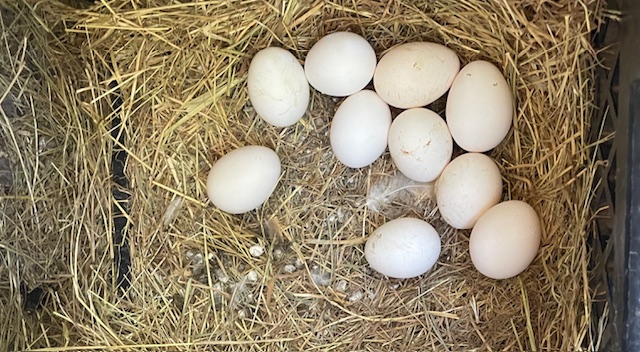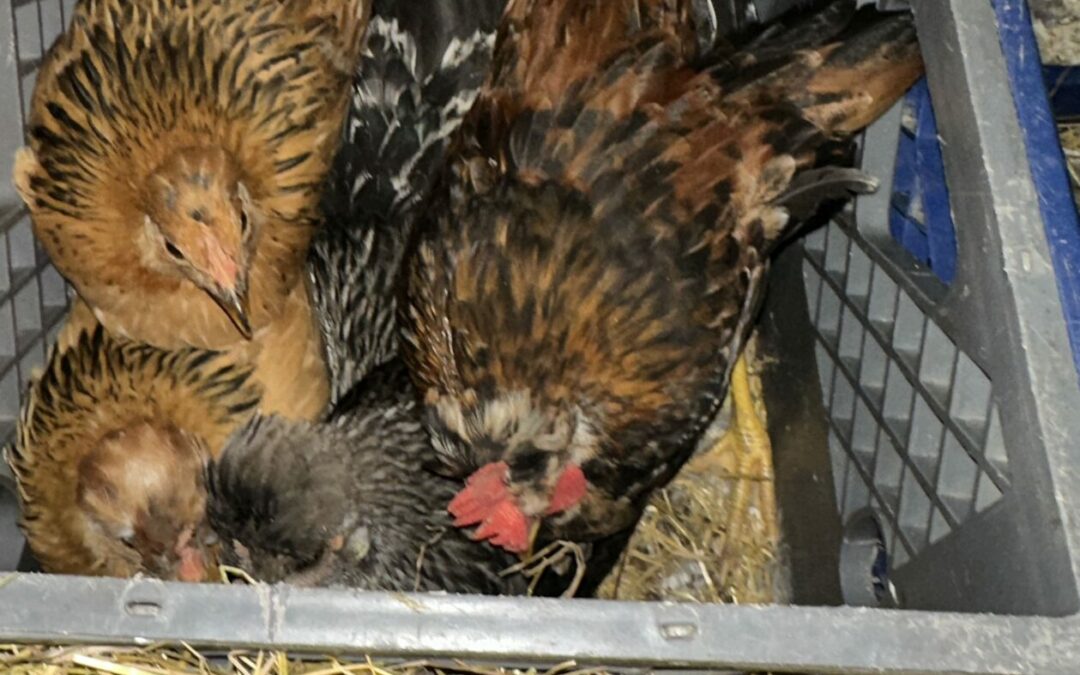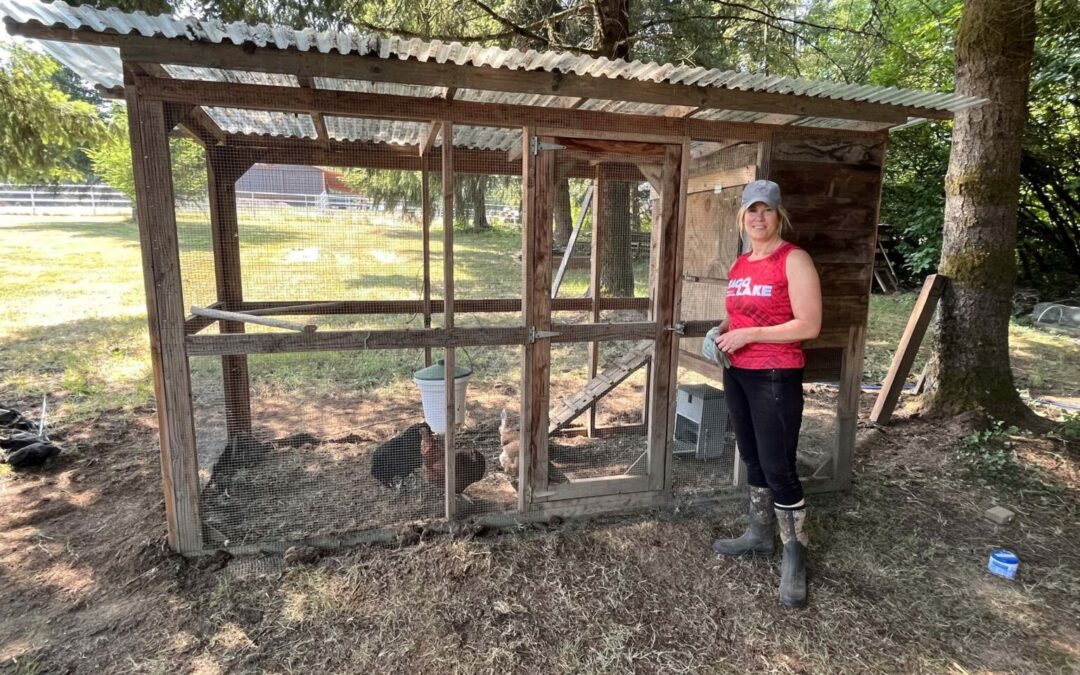
Where are my eggs?
I am always energized by the winter solstice. Yes, it marks the time that our daylight starts to increase. But even more exciting for me is that it is around the time when my pullets start laying eggs. Since hens need about 15 hours of daylight in order to lay eggs, egg production will drop off in the fall/winter. However, once pullets (hens less than 1 year of age) reach about 20 weeks of age, they will lay through the winter.
Once early December arrives, I live in anticipation of finding an egg in the nesting box. Every morning I go up and eagerly peek into the box hoping to find an egg. And this year, I have been disappointed every day past winter solstice and Christmas. My hens looked healthy, they were eating and drinking, walking around the chicken run. But they were not laying eggs.
My fellow chicken mamas were all reporting that their hens were laying eggs. So, at about that point, I started questioning my chicken mama skills. What is wrong with me? What is wrong with my chickens? How did I fail my chickens? Why did I think I could be a chicken mama? I even considered selling my coop and chickens. I know this isn’t helpful for my chickens or for me, but that didn’t stop me from descending into chicken mama purgatory.
Then, on December 26th, I took a step back out of my funk and thought about what I could do for them to encourage egg production. As I considered my options, I decided to give them some fresh oyster shells. Oyster shells are used as a supplement for hens to augment their calcium intake to help them produce strong shells. I emptied the oyster shell feeder on the ground and filled it with fresh shells.
Hens are very inquisitive. They will inspect anything that is changed in their area including new bedding in the coop, mouse traps, food scraps or even weeds from the garden.
So, as soon as I left the coop, they promptly inspected their new shells.
The next day, I was rewarded with an egg. My first egg in 2 months.
Now, you could say that correlation doesn’t necessarily mean causation, but I’m just going to go with it. Whatever it was, I am finally getting eggs! Life at the coop continues to be productive and I’m feeling much better about my chicken mama skills!
So, let me ask you. Has your company ever failed to produce the results you desire and you have no idea how to fix that situation? Did you go down that rabbit hole and start questioning yourself as a leader? Wondering if you have the skills to run a business or department? If you have, you are not alone.
However, that line of thinking isn’t productive. And while you may know that deep down inside, it is often so hard to pull yourself out of it.
I was recently talking with a business owner who was extremely frustrated with the performance of his company. As he analyzed the situation, he kept returning to perspective of “what have I done wrong?” However, once we started to talk it through, he began to see the real issue. And the issue was that he was tolerating unacceptable behavior from members of his leadership team. That clarity gave him the courage to make the changes that needed to be made.
I encourage all of my leaders to take Clarity Breaks so they can remove themselves from the day-to-day operation of the business and look at situations from different perspectives. I think we all get stuck in the weeds and forget how important it is to take a step back and look at the situation from different angles. A change in perspective often brings different solutions. The perspective could be that of an employee, a stakeholder not involved in the day-to-day operation, or even a customer. Try asking, “what does this situation need that it currently isn’t getting?”
If you find yourself questioning your skills as a manager, owner, or leader, this is a great clue that you may be in need of a clarity break. And if you get to the point where you realize you need some help solving that issue, remember, I’m just an email away. Together, we can work towards an egg-cellent solution that is in the best interest of all parties.




